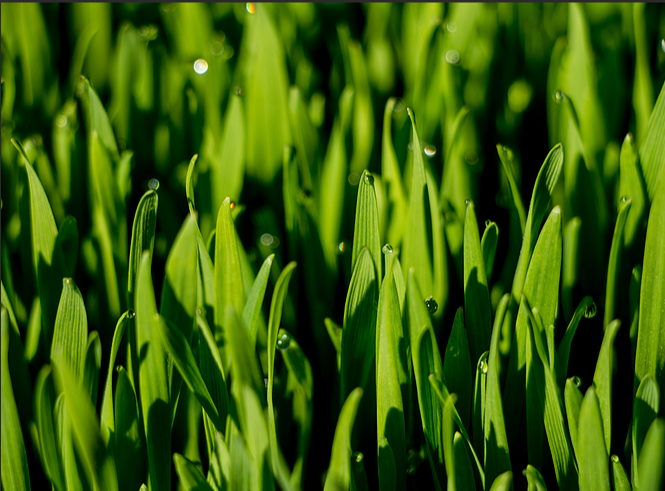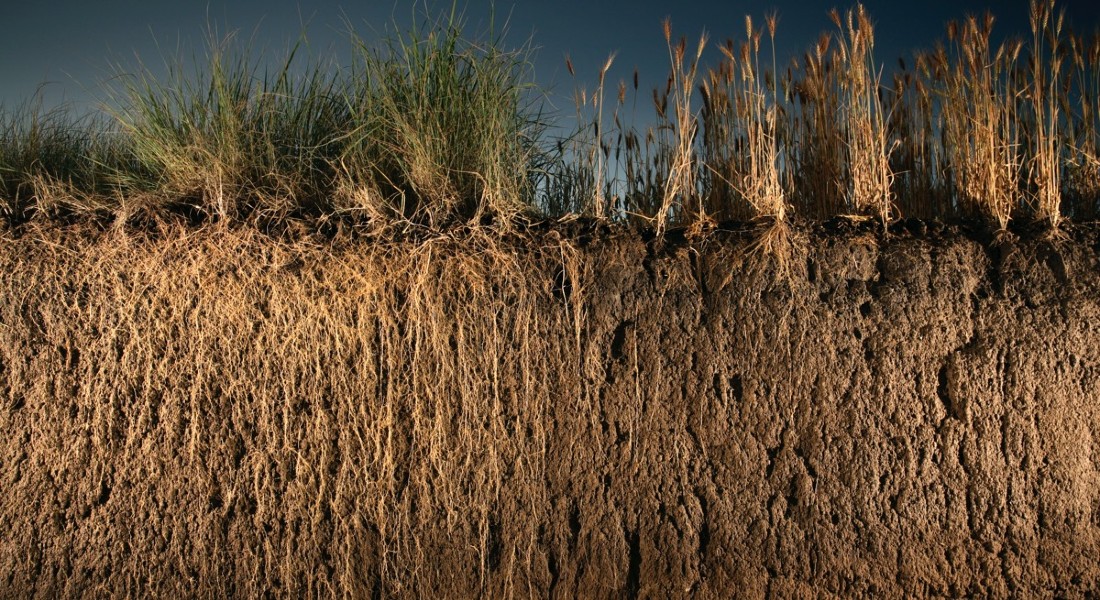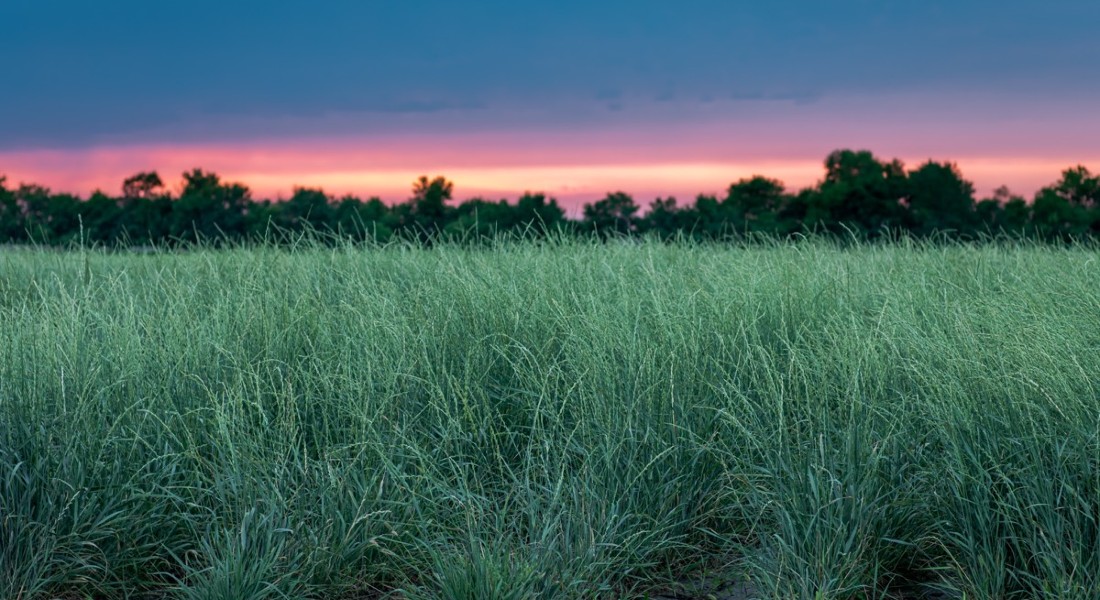创新背景
全球农业生产排放的温室气体量不断增加,在农业发展的同时减少温室气体排放量对于农业发展具有重要意义。
创新过程
哥本哈根大学和嘉士伯研究实验室2021年展开了一项合作项目于,探索如何通过小麦草种植发展农业同时减少二氧化碳的排放量。

项目研究人员、哥本哈根大学植物与环境科学系教授Michael Broberg Palmgren表示,深层根系使得施肥后产生的氮很少被浪费。小麦草与小麦密切相关,具有非常深的根系可以将碳结合到土壤中,并允许植物以高效率方式吸收养分、水和氮。
传统小麦的根系比小麦草短,根部长度只有小麦草的四分之一,导致氮残留物频繁渗入地下水,无法保存。小麦草是一种多年生作物,可以在冬天生存。没有二氧化碳会在犁地和重新播种的时候排放,可以用来制作啤酒。

小麦草具有许多传统小麦的基因和特性,但不擅长保持种子,种子比传统小麦要薄,产量也更低。小麦草有三个导致它种子容易脱落的基因。研究计划在丹麦菲英岛和洛兰岛的田地里播种小麦草,寻找使这些基因变异不再起作用的植物,以便它们能够更长时间地保持种子。
通过对遗传组成进行实验,可以更快地找到合适的基因。研究人员表示,一次找到一个变种,不断积累就可以克服这一难题。从农业角度来看,在作物达到最佳状态之前,需要广泛的杂交育种。

小麦草可以有效吸收大气中的二氧化碳,根据研究估测,以小麦草取代现在丹麦30%的作物,大概可以将丹麦农业温室气体的排放量减少10%。想要实现这个目标,需要提高小麦草的产量。
创新关键点
从小麦草与传统小麦根系的不同考虑小麦草降低温室气体排放量的问题。
Consider the impact of wheatgrass on greenhouse gas emissions from root depth
The University of Copenhagen and the Carlsberg Research Laboratory launched a collaborative project in 2021 to explore how to develop agriculture through wheatgrass cultivation while reducing CARBON dioxide emissions.
Project researcher Michael Broberg Palmgren, a professor in the Department of Plant and Environmental Sciences at the University of Copenhagen, said that deep roots make it rare to waste nitrogen produced after fertilization. Wheatgrass is closely related to wheat, having a very deep root system that binds carbon to the soil and allows plants to absorb nutrients, water and nitrogen in an efficient manner.
The roots of traditional wheat are shorter than wheatgrasses, and the root length is only a quarter of that of wheatgrass, resulting in frequent infiltration of nitrogen residues into groundwater and inability to preserve. Wheatgrass is a perennial crop that can survive winter. No carbon dioxide is emitted when ploughing and re-sowing, which can be used to make beer.
Wheatgrass has many genes and characteristics of traditional wheat, but is not good at maintaining seeds, which are thinner and yield lower yields than traditional wheat. Wheatgrass has three genes that cause its seeds to fall off easily. The study plans to sow wheatgrass in fields on the Danish islands of Fiyen and Loland, looking for plants that make these genetic variants no longer work so that they can retain their seeds for longer.
By experimenting with genetic composition, the right gene can be found more quickly. Researchers say that finding one variant at a time and accumulating it can overcome this conundrum. From an agricultural perspective, extensive cross-breeding is required before crops reach their best.
Wheatgrass can effectively absorb carbon dioxide from the atmosphere, and studies estimate that replacing 30% of Denmark's crops now with wheatgrass could probably reduce Danish agricultural greenhouse gas emissions by 10%. To achieve this goal, it is necessary to increase the yield of wheatgrass.
智能推荐
植物科学创新思维 | 月壤中生长的植物呈现与火山灰中植株不同水平的基因
2022-06-30这项研究探讨了植物在月球上生长的可行性。他们用常见的植物拟南芥进行研究,使其在十二个由阿波罗11号、12号和17号月球任务收集的月壤样本中生长。该研究表明月壤虽可用于种植,但它支持植物生长的水平不及火山灰,尤其是那些更暴露于月球表面的月壤。
涉及学科涉及领域研究方向农业资源与环境创新思维 | 快速生长的杨树可以释放土地并节约水资源
2022-08-18通过对克隆杨树的研究探索棉花替代方案,开发生产纺织纤维的新原料,释放土地资源并尽可能减少用水。
涉及学科涉及领域研究方向农业资源与环境创新思维 | 创新利用稻米和微生物净化重金属废水
2022-11-21研究人员利用以米麸为营养来源的硫酸还原菌净化含有重金属的矿山废水。
涉及学科涉及领域研究方向